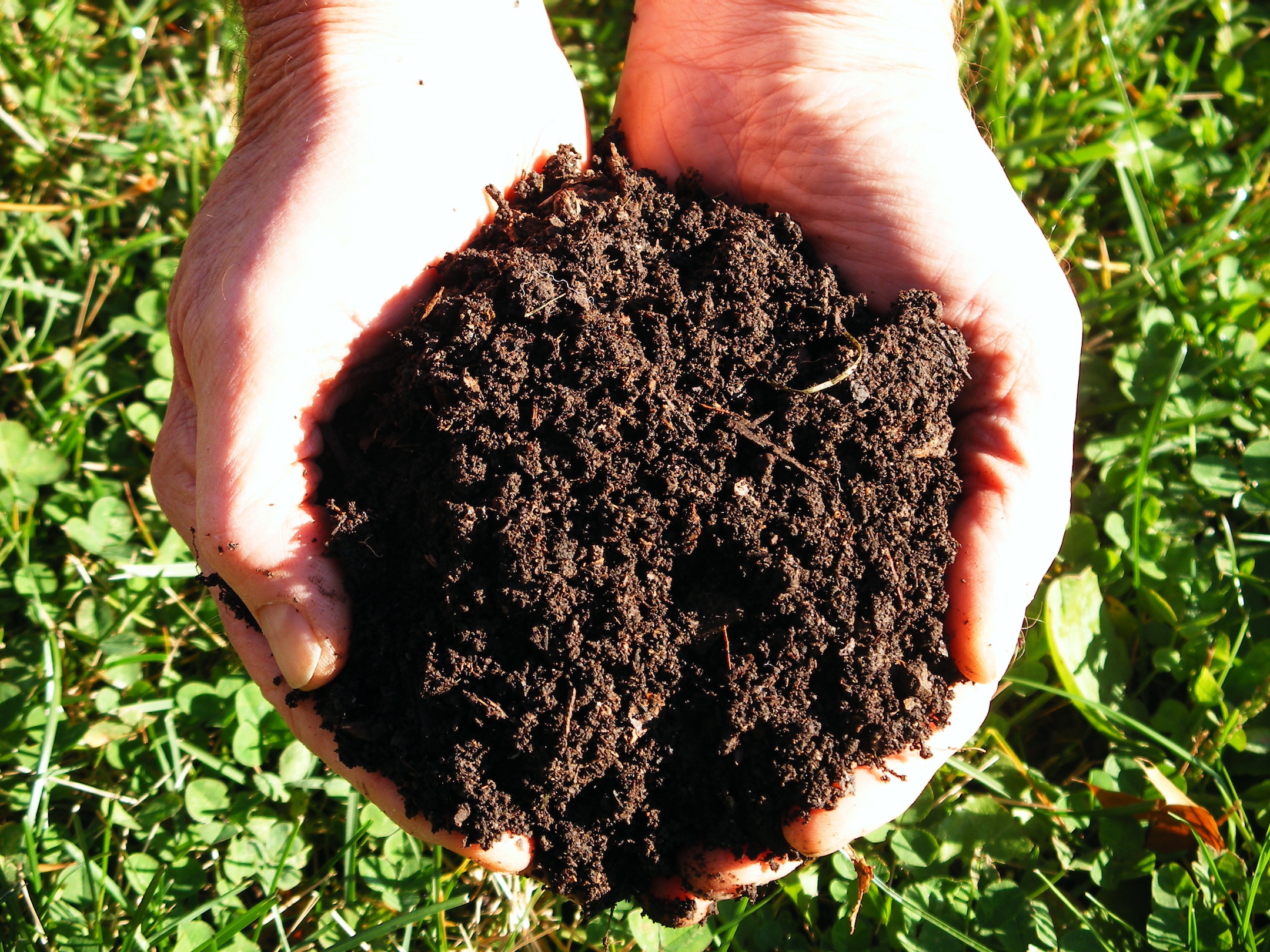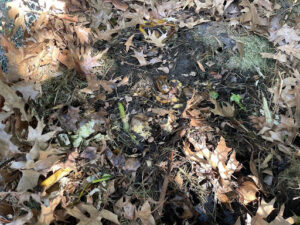
Sir Albert Howard, the father of the modern organic movement, spoke about a threshold of life in the soil. Nature, he said, was generous with her bounty, if she had something to give. When the soil was worn out from a shortage of organic matter ( less than about 4%), Nature would indeed grow crops but they would be unhealthy and destined for a short life. These unhealthy crops would be attacked by disease and pests and return quickly to the soil as mulch to build up the organic matter. No healthy crop would be produced until Nature’s storehouse was filled. Older farming practices like fallowing the land for a year honored this truth. Mulching, adding compost and using cover crops are some of the ways to increase organic matter in the soil.
What we know about the community of life in a healthy soil is that it is wildly diverse with a broad range of species. With so many members in the community, there is an answer for every problem. Every pest has a mortal foe waiting to attack it. There might be some occasional pest damage but very rarely a complete takeover by a particular pest or disease.
Going even deeper, we’re finding that the plants use the organic matter threshold as a “comfort level.” When there is a dependable level of organic matter food in the soil, the plants engage their own magic. They take sugars they have made from photosynthesis and push the sugary juice (called root exudates) out into the soil. These sugars foster a population explosion of bacteria at the root tips of the plants. Each type of plant has its own flavor of exudate. Farmers are increasingly using a “cover crop cocktail” of plants to produce a broad range of sugars and matching bacteria to help build the soil.
But wait- the best part is yet to come. The bacteria party in the soil is perfect for one-celled predators- amoebas, protozoa, even fungal mycelia who come to feed on the bacteria. Some of the bacteria have pulled nitrogen from the air. When the bacteria are eaten, the waste products of the predators contain both aqueous ammonium and nitrate ions, perfect nitrogen fertilizer for the plant’s growth.
Some of the microbes at this root tip party produce plant growth hormones, which are also used to boost the host plant. Imagine a diverse community like a prairie with these types of interactions occurring everywhere. Imagine a biological farm, always covered in growing plants, always building organic matter through this type of process, employing miraculous interactions we have yet to discover.
The Implications
- When we feed the soil to the organic matter threshold, the community of life and the plants will work together to produce all the fertilizer and growth factors the plants need.
- The plants in this system will have all the natural organic building blocks they need to produce a vibrantly healthy crop.
- The animals and people who eat the crops will receive complete nutrition.
- The extra sugars in the organic crop will help it store longer and will satisfy the eater with 15-20% less food.
Consider the way our food plants and animals are produced today. Worn out soils lacking nutrients are supplemented by harsh mineral salts that provide incomplete nutrition. Crops are forced to grow without a balance of nutrition in the soil. They lack vitality and need pesticides to protect them. Billions of dollars are spent to “heal” the diseases that result when we use such deficient ingredients to build our bodies. Not trusting the miracles of the living soil has an enormous penalty we pay because we believe we are smarter than Nature.
Sir Albert Howard had a phrase for this- “Working on the wrong end of the problem.“
Fortunately, farmers and eaters are increasingly trusting the wisdom in the community of life.
The blog also appears on The Mother Earth News
Stan Slaughter will be speaking April 15,,2016 at the “Celebrating the Gardens” Festival at HRH Prince Charles’ Highgrove Estate near Tetbury, UK. This essay will be a part of his speech.



